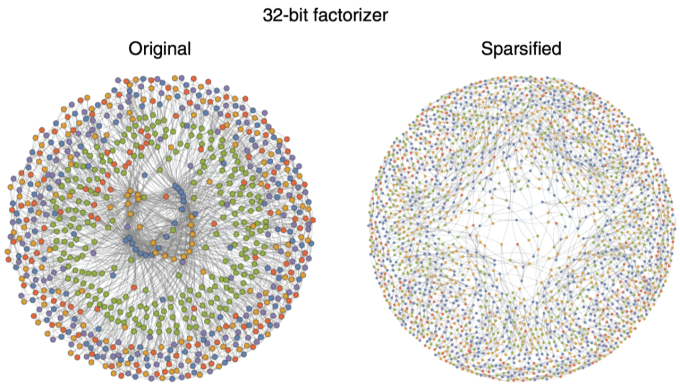Researchers have developed a protocol for entanglement generation in the Quantum Internet that allows a repeater node to use n-qubit Greenberger-Horne-Zeilinger (GHZ) projective measurements that can fuse n successfully entangled links, i.e., two-qubit entangled Bell pairs shared across n network edges, incident at that node.
Implementing n-fusion, for n ≥ 3, is in principle not much harder than 2-fusions (Bell-basis measurements) in solid-state qubit memories. If one allows even 3-fusions at the nodes, one finds—by developing a connection to a modified version of the site-bond percolation problem—that despite lossy (hence probabilistic) link-level entanglement generation, and probabilistic success of the fusion measurements at nodes, one can generate entanglement between end parties Alice and Bob at a rate that stays constant as the distance between them increases.
The team proved that this powerful network property is not possible to attain with any quantum networking protocol built with Bell measurements and multiplexing alone. They also designed a two-party quantum key distribution protocol that converts the entangled states shared between two nodes into a shared secret, at a key generation rate that is independent of the distance between the two parties.
The paper has been published in npj Quantum Information.



